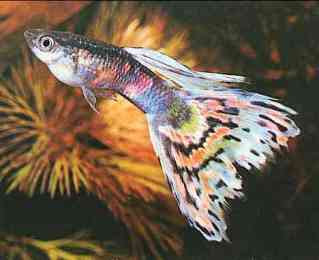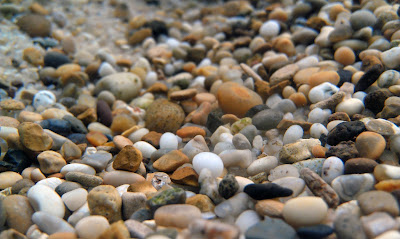Breeding Guppies for dummies

Guppies rarely need any encouragement to breed in the aquarium, but if you want to produce high-quality guppies it is a good idea to devote some time and energy to the process of breeding guppies. By carefully controlling the breeding process instead of simply allowing your fish to breed randomly, you can develop guppies with a much higher quality than what you would normally find in pet shops. Start out with high quality fish While the Guppy in your local fish store might be an excellent pet , chances of finding high quality guppies in ordinary pet shops are usually very slim. It is therefore advisable to contact a breeder and purchase high quality fish of the specific color and/or fin strain that you wish to breed. Purchasing from a reputable breeder is usually more expensive, but you will get a much better genetic material to work with. The breeding aquarium If you want to breed guppies, you should give them at least a five gallon aquarium. A fi...




